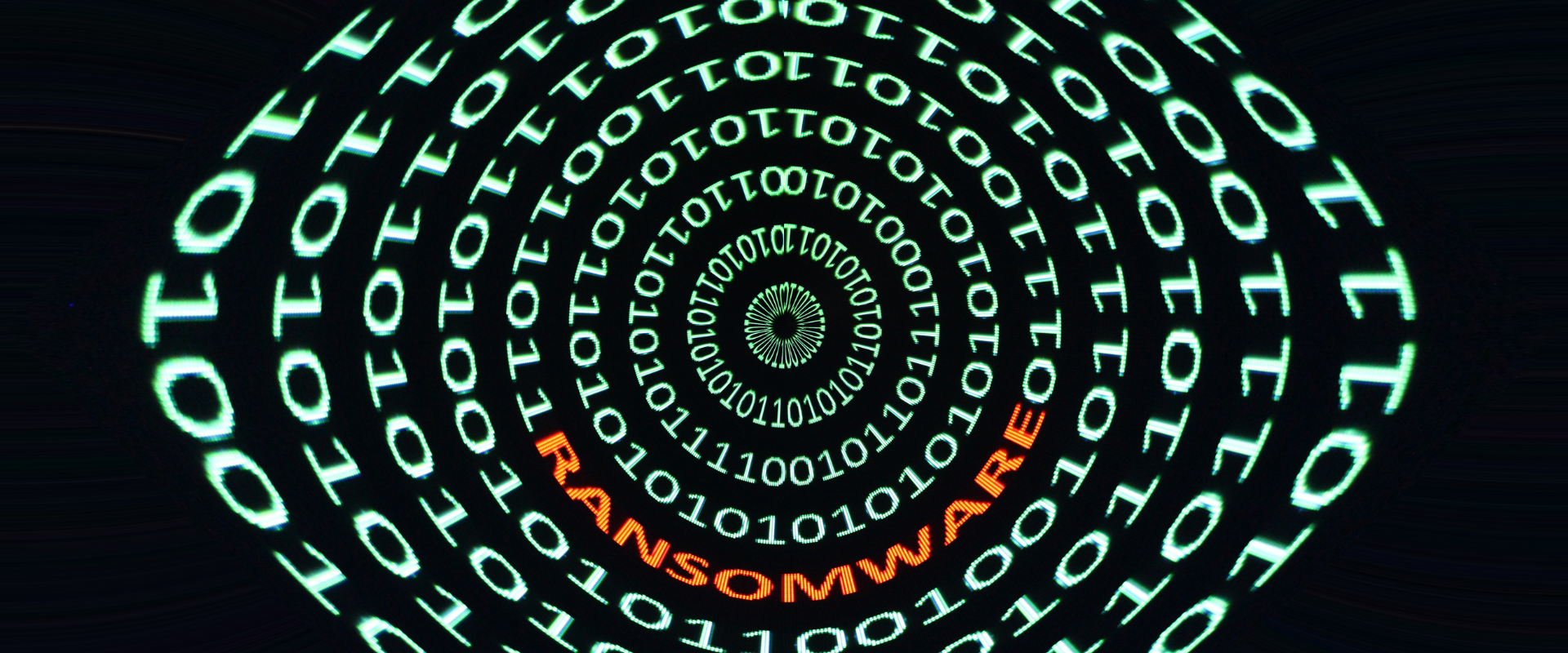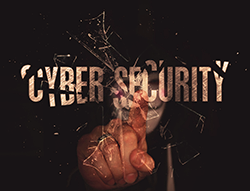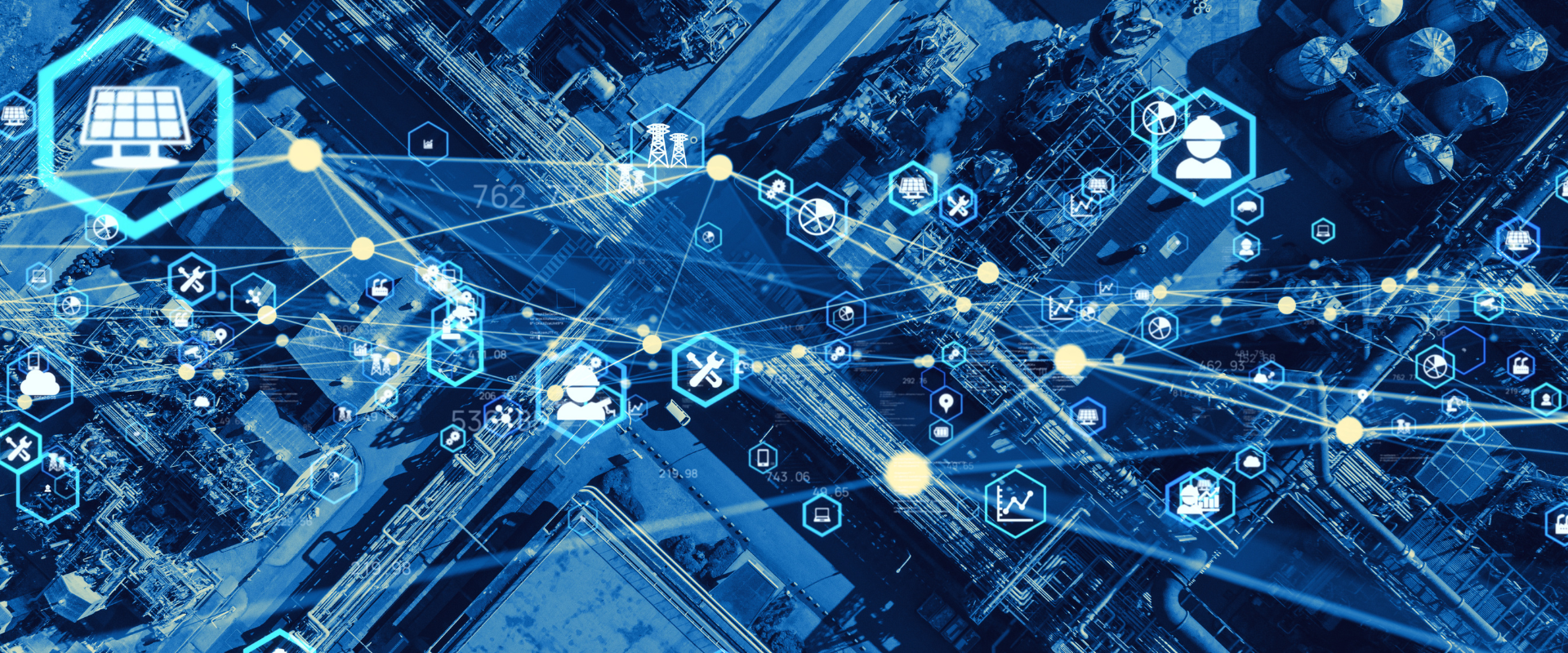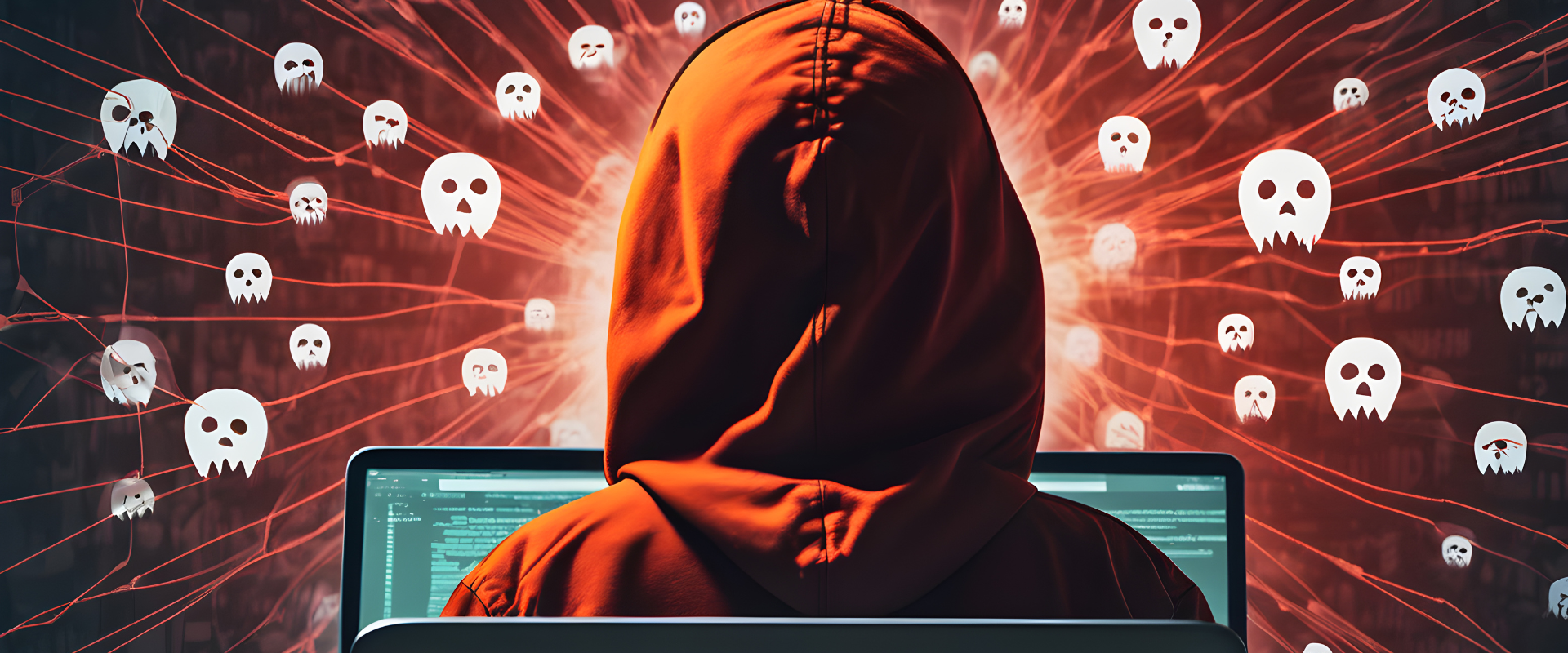
The Rise of Ransomware as a Service: How Cybercriminals Are Profiting from Ransomware Attacks
By, Webmaster
- 28 May, 2025
- 3.4k Views
In recent years, ransomware attacks have become one of the most prevalent and destructive forms of cybercrime. However, a new and alarming trend is emerging in the world of cyber threats: Ransomware as a Service (RaaS). This model allows even those with limited technical knowledge to launch ransomware attacks for a price, leading to an explosion in the number of attacks targeting businesses, governments, and individuals alike.
In this blog, we’ll explore what RaaS is, why it’s growing in popularity, and what steps your organization can take to protect itself from this rising threat.
What is Ransomware as a Service (RaaS)?
Ransomware as a Service (RaaS) is a business model where cybercriminals offer ransomware tools, infrastructure, and services to other criminals in exchange for a portion of the ransom payments. Essentially, it operates like a subscription-based service, where the “clients” (cybercriminals) pay for access to ransomware tools and support that they can use to launch attacks.
This has created a marketplace for ransomware attacks, lowering the barrier to entry for malicious actors and enabling even non-technical individuals to participate in these attacks.
Key elements of RaaS include:
Ransomware Software: The malicious software that encrypts victims’ files and demands a ransom for decryption. RaaS providers offer ready-to-use ransomware with user-friendly interfaces.
Command and Control Infrastructure: RaaS providers set up the infrastructure needed to deliver ransomware to victims’ systems, ensuring that attackers have the necessary tools to launch the attack and communicate with the victim.
Payment Processing: RaaS services also provide payment systems, often requiring payment in cryptocurrency, making it difficult to trace the perpetrators.
Customer Support: Some RaaS providers offer technical support to help criminals navigate ransomware deployment, negotiations, and ransom collection.
Why is RaaS Gaining Popularity?
Lower Barrier to Entry for Cybercriminals: In the past, launching a successful ransomware attack required a high level of technical expertise. However, RaaS allows even individuals with limited knowledge of cybersecurity to launch attacks. This democratization of cybercrime has led to an explosion of ransomware attacks.
Example: A cybercriminal with no technical background can easily rent ransomware tools, distribute them to victims, and start profiting without any need for specialized knowledge.
Increased Profit Potential: By offering ransomware tools for sale, cybercriminals are able to scale their operations and increase their profits. RaaS providers take a cut of the ransom, meaning they have a direct financial incentive to attract as many “clients” as possible.
Example: In some cases, RaaS providers take up to 40% of the ransom payments, allowing them to profit even from attacks that they don’t directly execute.
Anonymity and Ease of Use: The use of cryptocurrencies like Bitcoin or Monero for ransom payments ensures that cybercriminals can remain anonymous. RaaS platforms are designed to be user-friendly, making it easier for attackers to execute these operations without the need for sophisticated technical skills.
Example: Cybercriminals are able to use encrypted communication channels and anonymous payment methods to collect ransoms without revealing their identities.
Lack of Global Regulations: The decentralized nature of cybercrime, combined with the global reach of ransomware attacks, makes it difficult for law enforcement to track and prosecute criminals. The anonymity provided by the dark web and cryptocurrency has further fueled the growth of RaaS.
Example: Many ransomware operators are based in countries where law enforcement either has limited resources or is unable to pursue international cybercrime cases effectively.
How RaaS is Impacting Businesses
Increased Attack Surface: With more cybercriminals entering the ransomware market, businesses are facing a larger volume of attacks. Organizations with inadequate security measures or outdated software are especially vulnerable to ransomware campaigns.
Example: Companies that fail to implement regular security patches or rely on outdated software are prime targets for RaaS operators, as these vulnerabilities can be easily exploited.
Financial and Reputational Damage: The financial impact of a successful ransomware attack is severe. In addition to the ransom payments, organizations may face significant costs related to downtime, lost productivity, and recovery efforts. Furthermore, a ransomware attack can tarnish a company’s reputation, leading to loss of trust from customers and partners.
Example: In 2020, the city of New Orleans was attacked by ransomware, leading to a significant operational shutdown and recovery costs of over $7 million.
Legal and Compliance Risks: Ransomware attacks often involve the theft of sensitive data. If your company is subject to data protection regulations such as GDPR or HIPAA, a data breach resulting from ransomware can lead to severe legal consequences, including fines and lawsuits.
Example: Healthcare organizations are prime targets for ransomware attacks due to the sensitive nature of their data. A ransomware attack that leads to a data breach could result in hefty fines under GDPR or HIPAA.
How to Protect Your Business from RaaS Attacks
Regular Software Updates and Patching: Ensure that all software and systems are up to date with the latest security patches. Cybercriminals exploit vulnerabilities in outdated software to deliver ransomware, so regular updates are essential for protection.
Implement Robust Backup Solutions: Having a reliable backup solution can mitigate the impact of a ransomware attack. Ensure that backups are stored offline and are regularly tested for integrity. This allows you to recover data without paying the ransom.
Use Multi-Factor Authentication (MFA): MFA adds an extra layer of security by requiring more than just a password to access critical systems. This can prevent unauthorized access even if login credentials are compromised.
Employee Training: Train employees to recognize phishing emails and suspicious attachments, as these are common methods used to deliver ransomware. Regular cybersecurity awareness training can significantly reduce the likelihood of a successful attack.
Network Segmentation: Implement network segmentation to limit the spread of ransomware within your organization. By separating critical systems from other parts of your network, you can contain the attack to a smaller segment.
Incident Response Plan: Develop a detailed incident response plan specifically for ransomware attacks. This plan should include steps for containment, communication, and recovery, allowing your organization to respond quickly and effectively in the event of an attack.
Engage a Cybersecurity Expert: If you’re unsure how to protect your business from ransomware, consider working with a cybersecurity firm that specializes in threat detection and prevention. A proactive approach to cybersecurity can help identify vulnerabilities before they are exploited.
Conclusion
As RaaS continues to evolve, businesses must adopt stronger, more proactive cybersecurity strategies to defend against these growing threats. The rise of RaaS shows that cybercrime is becoming increasingly commercialized, with cybercriminals leveraging sophisticated tools to attack companies of all sizes.
With the right combination of technology, employee awareness, and incident response planning, businesses can better defend themselves from ransomware attacks and minimize the financial and reputational damage they cause.
We hope this article has shed light on the growing threat of Ransomware as a Service and how businesses can better prepare for these types of attacks. For more information or to enhance your cybersecurity strategy, contact us today!
Recent Posts
- IoT Security Risks: How Connected Devices Are Expanding the Cyberattack Surface
- Data Breaches: Understanding the Real Cost of a Cyberattack
- Deepfake Fraud: The New Frontier of Cybercrime
- Cloud Security Challenges: How to Protect Your Data in a Borderless Digital World
- AI in Cybersecurity: How Artificial Intelligence is Changing the Fight Against Cyber Threats
Category
- Cyber Security (86)
- Vulnerability Assessment (70)







